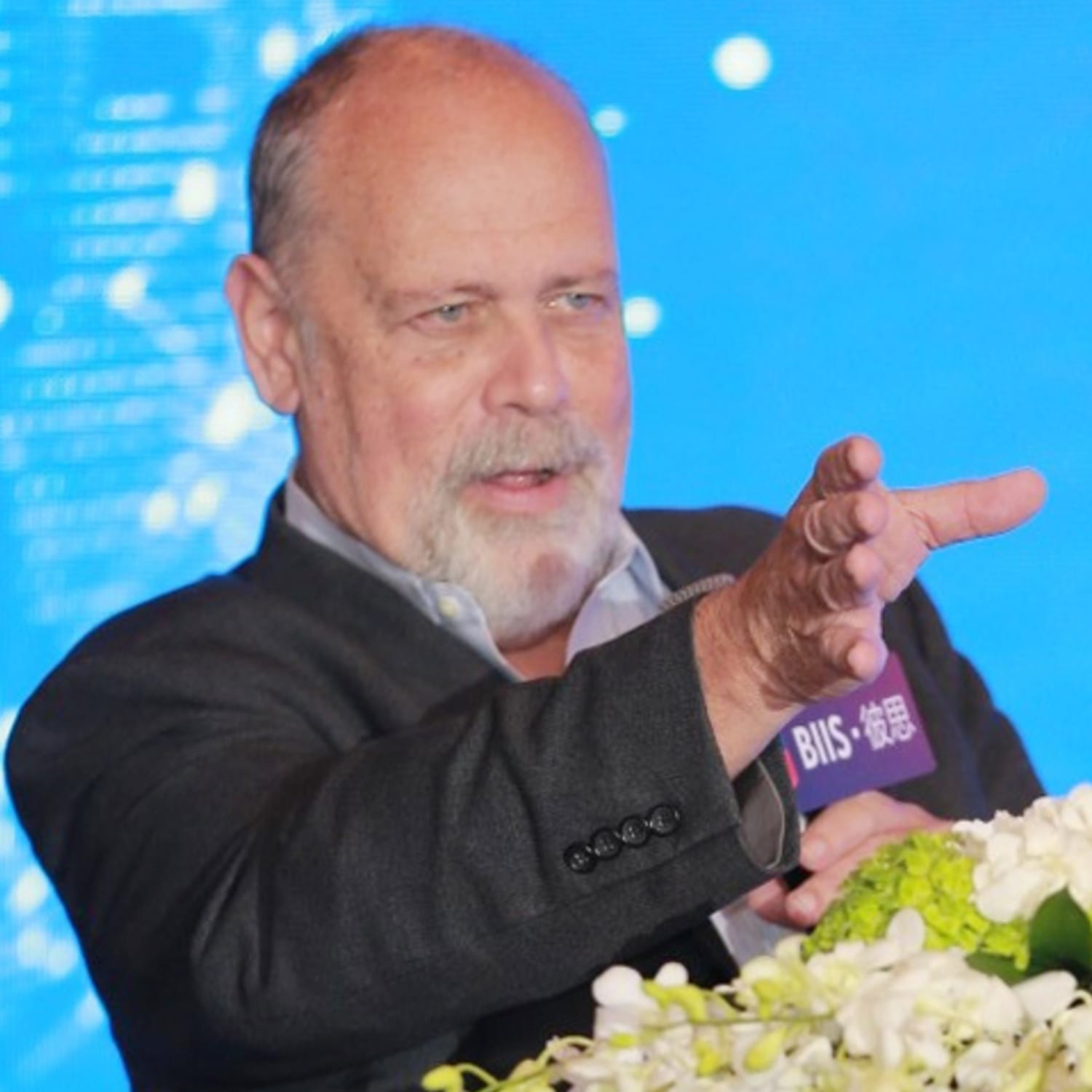Life Sciences
Tessa enjoyed big backers, great science and world-class ambition. So what did we learn from its collapse?
Bioregnum Opinion Column by John Carroll
Tessa Therapeutics’ website has gone dark. Anyone Googling up references to a review of the pipeline, the people,…

 Bioregnum Opinion Column by John Carroll
Bioregnum Opinion Column by John CarrollTessa Therapeutics’ website has gone dark. Anyone Googling up references to a review of the pipeline, the people, its hundreds of millions raised for cancer R&D, its still rather new CEO, are led to a simple notice:
“Website is under maintenance.”
But not really.
As Kyle LaHucik ably reported a few days ago, Singapore-based Tessa has folded its tent. And the principals, as usual in a shutdown, don’t have a lot to say about it.
There are the things we already knew. The failure of a critical Phase III, with more than 300 patients, occurred before they announced a raise of $126 million in a round involving Singapore sovereign wealth player Temasek — an early and enthusiastic supporter — and Polaris, where Amy Schulman stepped into the breach as the lead.
One individual familiar with the situation was willing to provide me with some added insight, though, hopeful that it might prevent similar mistakes and offer some support for the staffers who stayed to the end. And the lessons learned point straight to a familiar situation — particularly among the cell therapy biotechs out there.
Tessa had gone through a few iterations of its management team by the time the shutdown occurred, but the founders early on decided they would roll the dice on a major breakthrough that would take them straight through commercialization work. They were, after all, working with some great science out of the lab of Baylor’s Malcolm Brenner.
Like others in the field, the founders started out in a radically different environment, where raising money in the years leading up to the post-Covid bust was a whole different endeavor than what constricted startups face today. And with the money flowing, Tessa bet big on building a 90,000-plus square foot GMP facility that could be scaled all the way through to the market with a key approval. New managers would point to a move to the all-important US market, following in the footsteps of major Asian players like Legend, while the pipeline grew beyond the lead therapy — TT10 — to their CD30 drugs, including a fully allogeneic, or off-the-shelf, treatment.
But when backers balanced the cost of the manufacturing facility along with continuing plans to swing for the fences in the clinic, says this individual, the weight of it — “a burn on top of a burn,” as this person put it — capsized the company.
In some ways, the story is a familiar one. After Tmunity sold to Kite for an undisclosed sum, science icon Carl June was frank about the underlying cause: The financial situation following a critical safety setback that scrapped their advanced work in the clinic made it necessary to sell off their bespoke manufacturing operations. And that move cratered their plans to go all the way through to an important advance.
A sale of what remained was the only way forward.
Tessa’s collapse — which backers hope will lead others to step in and pick up the clinical work as well as the manufacturing — is particularly bitter for Singapore, where the biotech had been a standout in a growing Asian hub. And it’s spread a pall that will likely last for some time.
Nobody likes discussing biotech failures. The implicit law here — and I’ve seen this play out dozens of times — demands silence. But the silent treatment doesn’t do anything to help educate investors and other biotechs about the business. Drug development remains one of the riskiest endeavors on the planet, and we should speak frankly about what happens when things don’t work out the way we expect them to.
It’s not easy, but then nothing about biotech is easy. Not when you’re really pushing a major advance for patients. And when you work in an industry that professes to care exclusively about patients, patients deserve an explanation as well.
Social image credit: Tessa website

Wittiest stocks:: Avalo Therapeutics Inc (NASDAQ:AVTX 0.00%), Nokia Corp ADR (NYSE:NOK 0.90%)
There are two main reasons why moving averages are useful in forex trading: moving averages help traders define trend recognize changes in trend. Now well…
Spellbinding stocks: LumiraDx Limited (NASDAQ:LMDX 4.62%), Transocean Ltd (NYSE:RIG -2.67%)
There are two main reasons why moving averages are useful in forex trading: moving averages help traders define trend recognize changes in trend. Now well…
Asian Fund for Cancer Research announces Degron Therapeutics as the 2023 BRACE Award Venture Competition Winner
The Asian Fund for Cancer Research (AFCR) is pleased to announce that Degron Therapeutics was selected as the winner of the 2023 BRACE Award Venture Competition….














